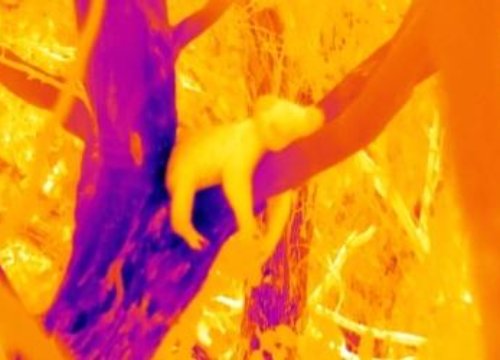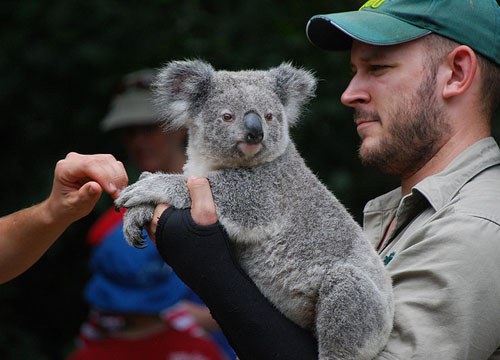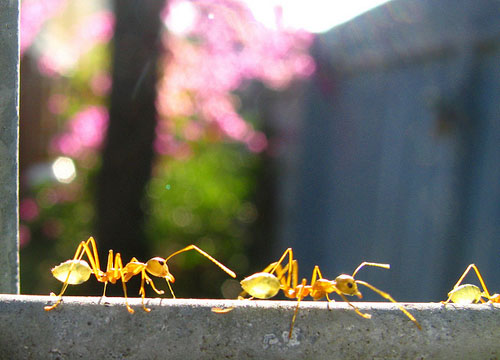
AsianScientist (Oct. 20, 2014) – Scientists have shown for the first time that when insect larvae follow a leader to forage for food, both leaders and followers benefit, growing much faster than if they are in a group of only leaders or only followers. The work published in The Proceedings of the Royal Society gives new insight into why such social relationships evolve in insects, and why they are maintained.
The study looked at larvae of the iconic Australian steel-blue sawfly Perga affinis often known as ‘spitfires’. Sawfly larvae can grow to seven cm long and forage nocturnally in Australian Eucalyptus trees, forming large groups that can strip all of the leaves from a tree in a few days.

Ms Hodgkin, a PhD candidate at the University of Melbourne said the team was keen to understand why the larvae followers allow others to determine the group’s movements.
“Sawflies live in social groups that can have hundreds of individuals and they stay together for their seven-month larval stage. We wanted to know why this distinction of leaders and followers works and persists for so long,” Ms Hodgkin said.
“In many types of animals, the dominant leaders in a group are larger and stronger because when they forage or hunt, they take more of the food resources. But we found no difference in the weight gain between sawfly leaders and followers.”
The team observed the insects’ natural behaviour for two weeks, individually marking each sawfly to understand which behaved as leaders or followers when foraging for food, noting their weight at the start and end of the fortnight.
Once leaders were established by their position at the front of the group, the scientists could generate experimental groups of larvae which contained either all leaders, all followers or a mixture of the two and again measured their weight over two weeks.
“Our field experiments revealed no clear individual benefit to being a leader, but all individuals in groups with a mixture of leaders and followers gained more weight than those in groups of only followers or only leaders,” said Ms Hodgkin.
“We see that leaders only benefit from being leaders if they have followers, and that followers only benefit if they have leaders. There is no use being a shepherd without sheep or sheep without a shepherd.”
Study co-author Professor Mark Elgar said that while leaders do not differ in growth rates or weight, they may acquire other benefits such as lower predation or enhanced immune function.
“The next stage of our research is to find out how certain larvae become the leaders in a group and how they are communicating directions and encouragement to their followers,” added Prof. Elgar.
The article can be found at: Hodgkin et al. (2014) Leaders Benefit Followers in the Collective Movement of a Social Sawfly.
———-
Source: University of Melbourne.
Disclaimer: This article does not necessarily reflect the views of AsianScientist or its staff.











